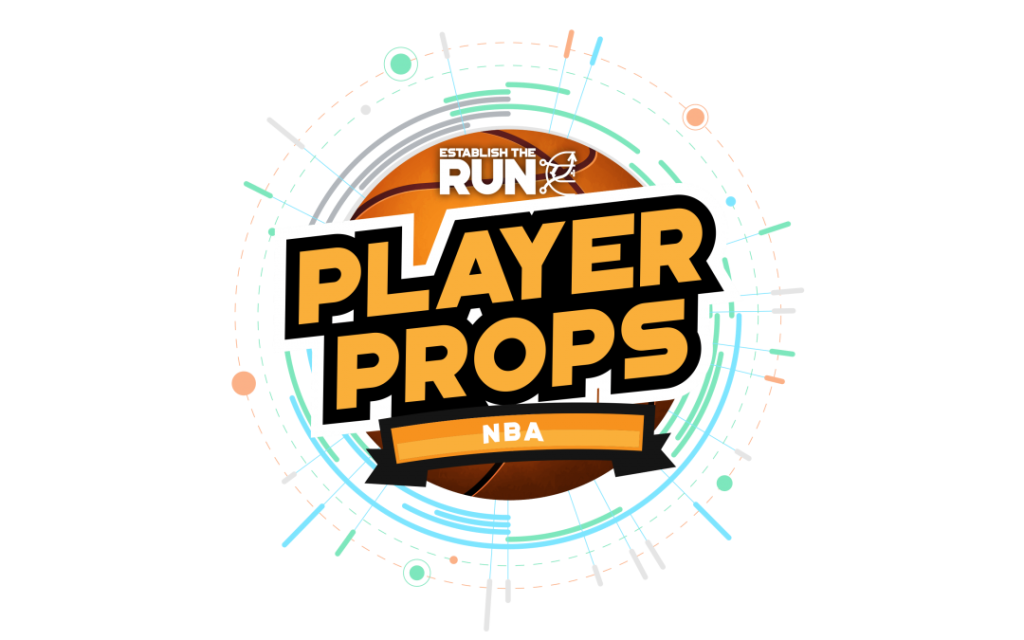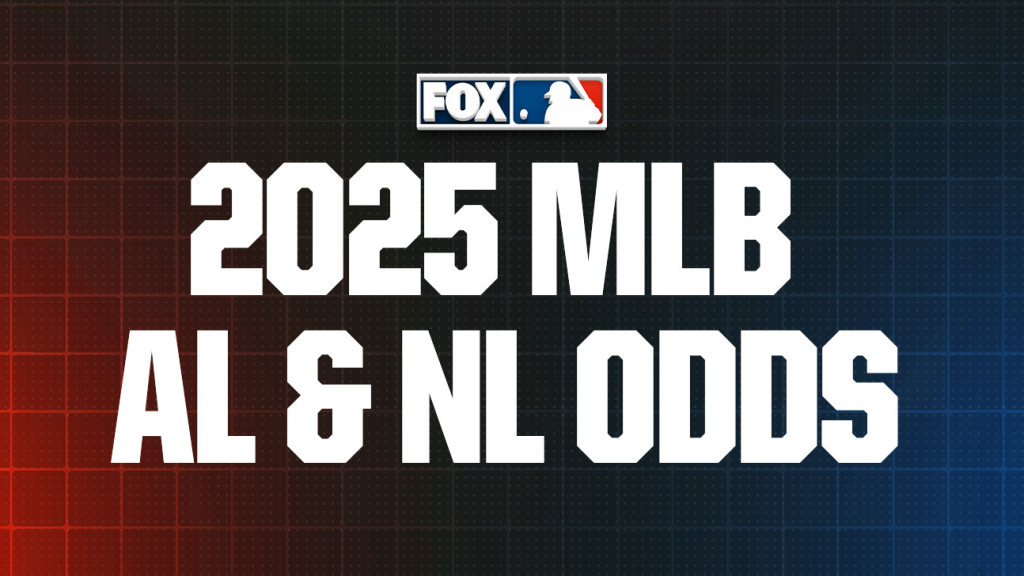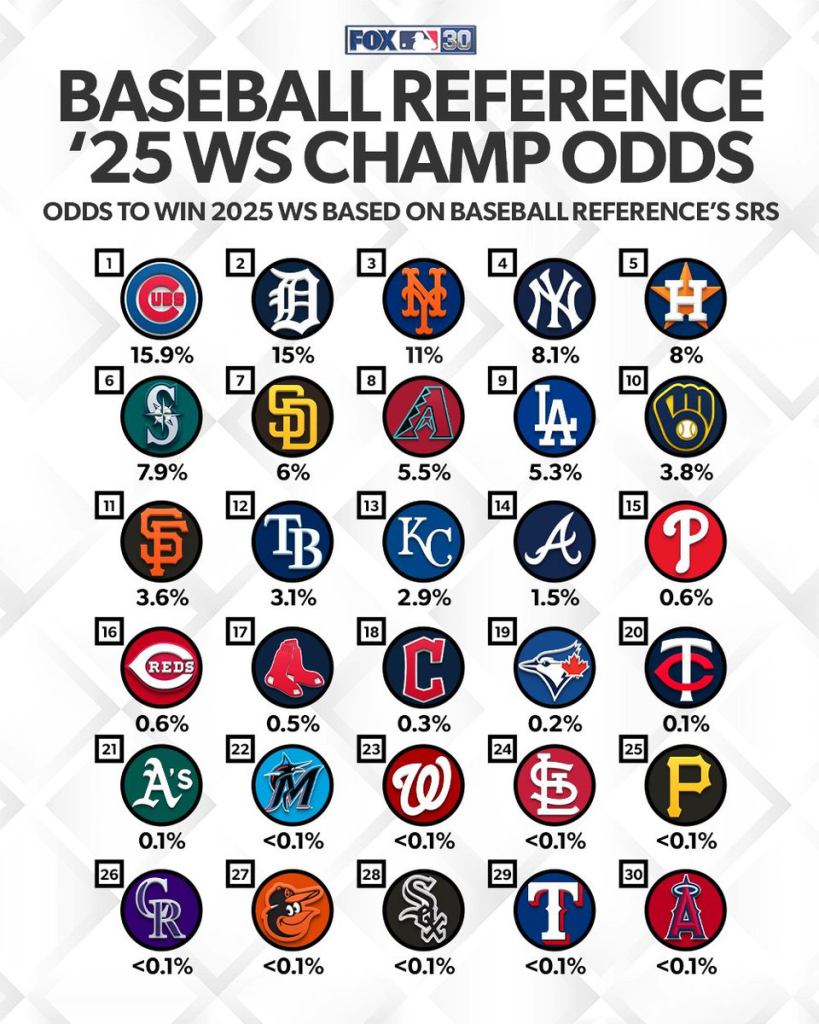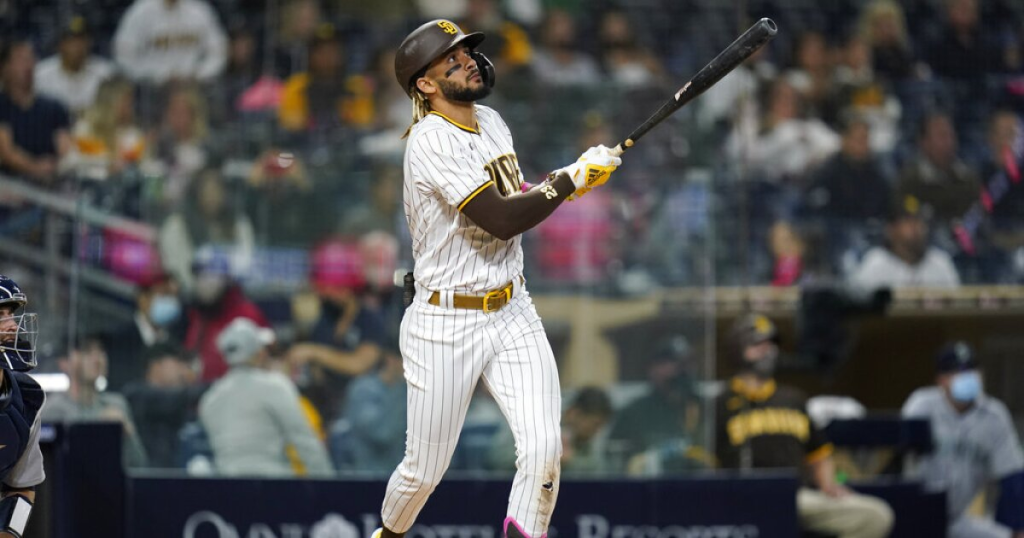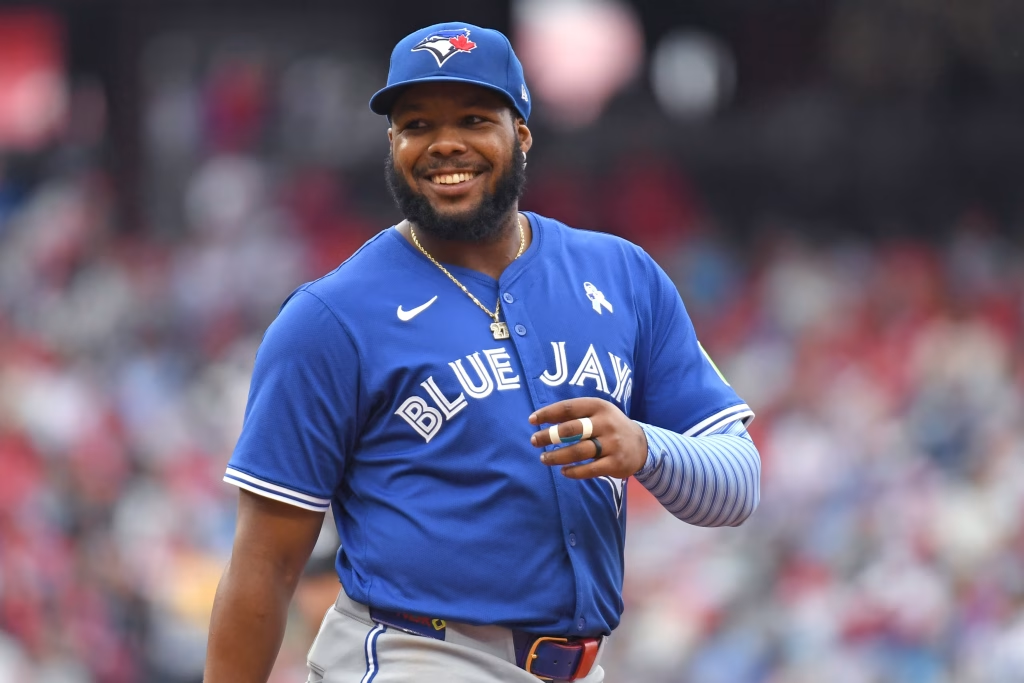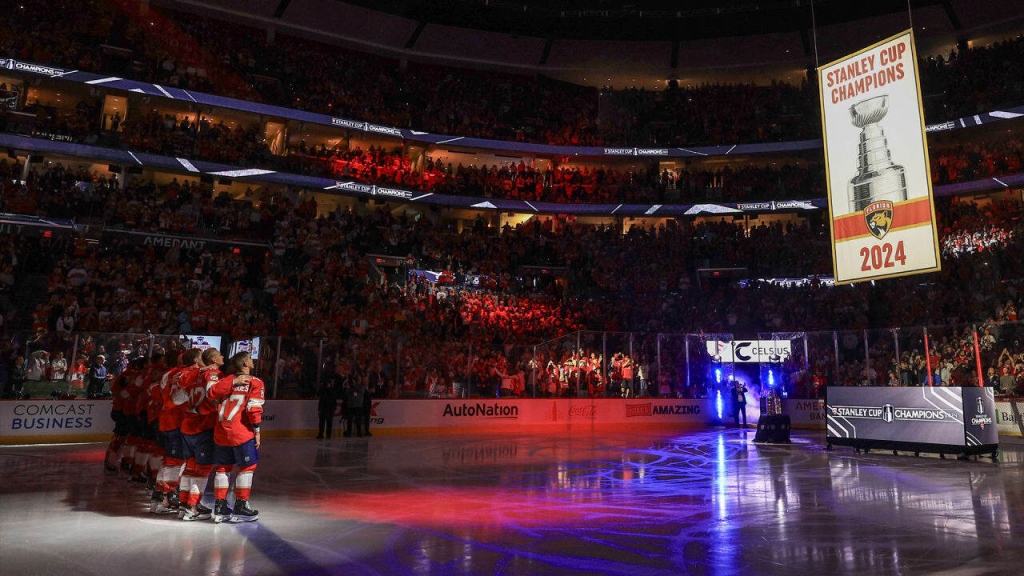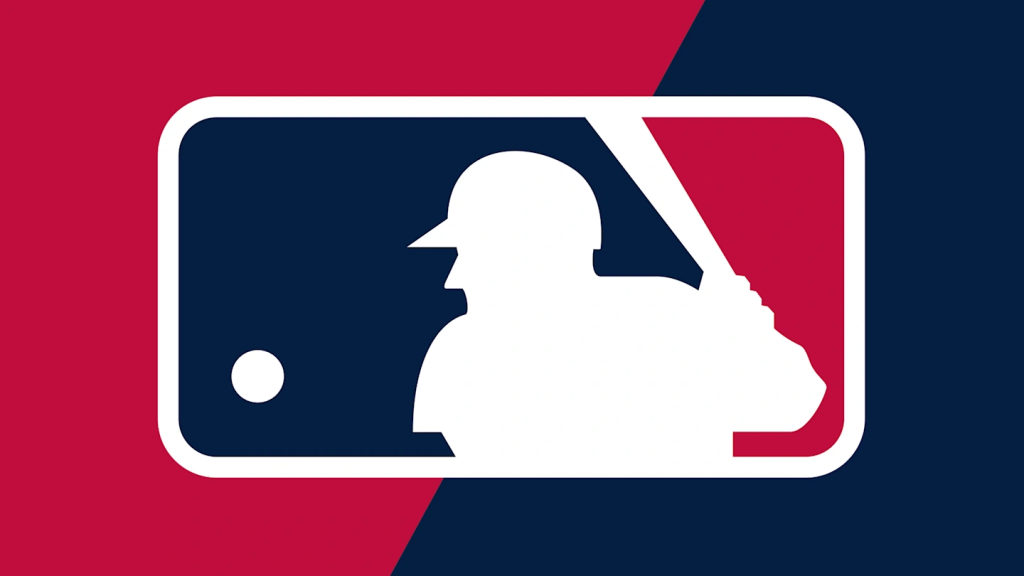The New York derby
The New York Knicks vs Brooklyn Nets rivalry — often called the “New York Derby” or “Battle of the Boroughs” — is one of the NBA’s most colorful local rivalries. It mixes basketball competition with deep city pride and borough identity.

🗽 1. Origins of the Rivalry
- The rivalry began when the New Jersey Nets moved to Brooklyn in 2012, becoming the Brooklyn Nets.
- Before that, the Knicks had been New York City’s only NBA team since 1946.
- The Nets’ arrival in Brooklyn turned things into an intra-city showdown — Manhattan (Knicks) vs. Brooklyn (Nets).
⚔️ 2. Borough Pride
- Knicks: Represent Manhattan — the traditional, historic New York basketball brand. Madison Square Garden is often called the “Mecca of Basketball.”
- Nets: Represent Brooklyn — younger, edgier, and aiming to capture the borough’s identity and culture.
- Fans see it as a clash of old New York vs. new New York.
🏀 3. Head-to-Head History
- All-time series (as of 2025): Knicks lead overall, though the Nets had a strong run during the Kevin Durant / Kyrie Irving era (2019–2023).
- Recent trend: Knicks have regained control in recent seasons as the Nets entered a rebuild.
- Notable eras:
- 2012–2016: Early Brooklyn years — competitive and fiery.
- 2019–2023: Star-power era for the Nets; rivalry heated again.
- 2024–2025: Knicks dominant; Nets focusing on young talent.
💥 4. Memorable Moments
- 2012: First Nets-Knicks game in Brooklyn — overtime thriller; Nets win 96–89.
- 2013: “Who runs New York?” debates exploded in the media.
- 2021–2023: Durant and Irving vs. Julius Randle and Jalen Brunson brought star power.
- April 2025: Knicks rallied from 17 down to beat the Nets 113–105, symbolizing a power shift back to Manhattan.
🌆 5. Culture & Fan Base
- Knicks fans are more traditional and nationwide — one of the NBA’s largest and most loyal fan bases.
- Nets fans tend to be younger, Brooklyn-based, and more casual — though the team has grown a strong community following in Kings County.
- The rivalry is as much about New York identity as it is about basketball.
📈 6. 2025 Outlook
- Knicks: Aiming for playoff contention with Jalen Brunson, Julius Randle, and OG Anunoby.
- Nets: Rebuilding around Cam Thomas, Nic Claxton, and Mikal Bridges.
- The rivalry remains more emotional than competitive — but every matchup still draws huge crowds and city-wide media buzz.
Injury & matchup notes, advanced stats
🩺 Injury / Availability Notes
- For the Knicks: Josh Hart is dealing with a nerve injury in his right hand (affecting fingers on his shooting hand) and is playing through it.
- Also for the Knicks: Mitchell Robinson has been under load-management after surgery for his ankle; uncertain how his minutes will be managed.
- For the Nets: The team is still showing weak defensive stats and has been injury-plagued historically.
Implication: The Knicks appear to have some health/wrap-up issues but are comparatively in a stronger spot. The Nets’ injury depth and defensive fragility may be a big factor.
📊 Advanced Stats & Matchup Insights
From the preview:
- The Nets’ pace is low (~98.1 possessions per game) and their effective field goal and true shooting percentages are both sub-par.
- The Knicks at home are performing better; the Nets are winless on the road this season so far.
- Key players: For Brooklyn, Cam Thomas is averaging ~24.4 points per game. For New York, Jalen Brunson is around ~29-31 points with ~5 assists in the matchup preview.
Implication: The Nets may struggle to keep up offensively and defensively, and the Knicks’ guard/wing strength gives them a clear edge.
🎯 Player Prop / Betting Angles
Here are a few prop-ideas based on the trends:
- Jalen Brunson over his usual points line: With the Nets’ defensive issues and Brunson being the primary play-maker, backing him to hit a high scoring number makes sense.
- Cam Thomas under (or close to) his usual: If the Nets fall behind, Thomas may face heavier defense and fewer efficient looks.
- Total game points: Given the Nets’ weak defense but also their slower pace, a moderate total (not ultra-high) may be more realistic than a run-and-gun blowout.
- Margin of victory: The Knicks appear likely to win by a moderate margin given home advantage, healthier roster, better stats.
- Check the best NBA sportsbooks and their odds here.
✅ What’s working for the Knicks
- The Knicks come in with better momentum: they’re 4-3 while the Nets are still winless at 0-6.
- At home, the Knicks have been solid: being at Madison Square Garden gives them an edge in this rivalry.
- Defensively, the Nets are really struggling this season and the Knicks should be able to exploit that. For example: Brooklyn’s effective field goal % and other metrics are weak in the preview.
⚠️ What could complicate things
- Rivalry games often bring extra energy from the underdog (in this case the Nets) — they’ll want to make a statement, especially given the history between the teams.
- If the Knicks don’t start strong, the Nets might sneak in and make it close — momentum in rivalry games can swing quickly.
- Injuries, rotation changes or fatigue could tilt things unexpectedly (common in early-season games).
🎯 Prediction
- Likely winner: Knicks. Given the recent trends, home‐court advantage, plus the Nets’ rough start, the Knicks look more likely to take this.
- Estimated margin / score: Knicks by ~8 – 12 points. Something like Knicks 110, Nets 100 is reasonable.
- Key player to watch: For the Knicks: Jalen Brunson (he’s been delivering). For the Nets: Cam Thomas needs to step up if Brooklyn wants a chance.
The New York derby – summary
The lights of Madison Square Garden will burn a little brighter Monday night as the New York Knicks and Brooklyn Nets clash in another chapter of the Battle of the Boroughs. The Knicks, riding early-season momentum behind Jalen Brunson’s steady leadership and Julius Randle’s inside presence, look to reaffirm their dominance in the city rivalry. Across the river, the rebuilding Nets are searching for an identity and a statement win — something to jolt a 0-6 road start and reignite pride in Brooklyn basketball.
The game promises intensity more than parity: Brunson vs. Cam Thomas headlines a duel of contrasting styles — precision and poise against youthful firepower. Expect MSG to echo with chants of “Let’s go Knicks!” as the home side leans on its defensive grit and balanced scoring to keep the Nets chasing. Another Manhattan night reminding everyone that, for now, the city still belongs to the blue and orange.
